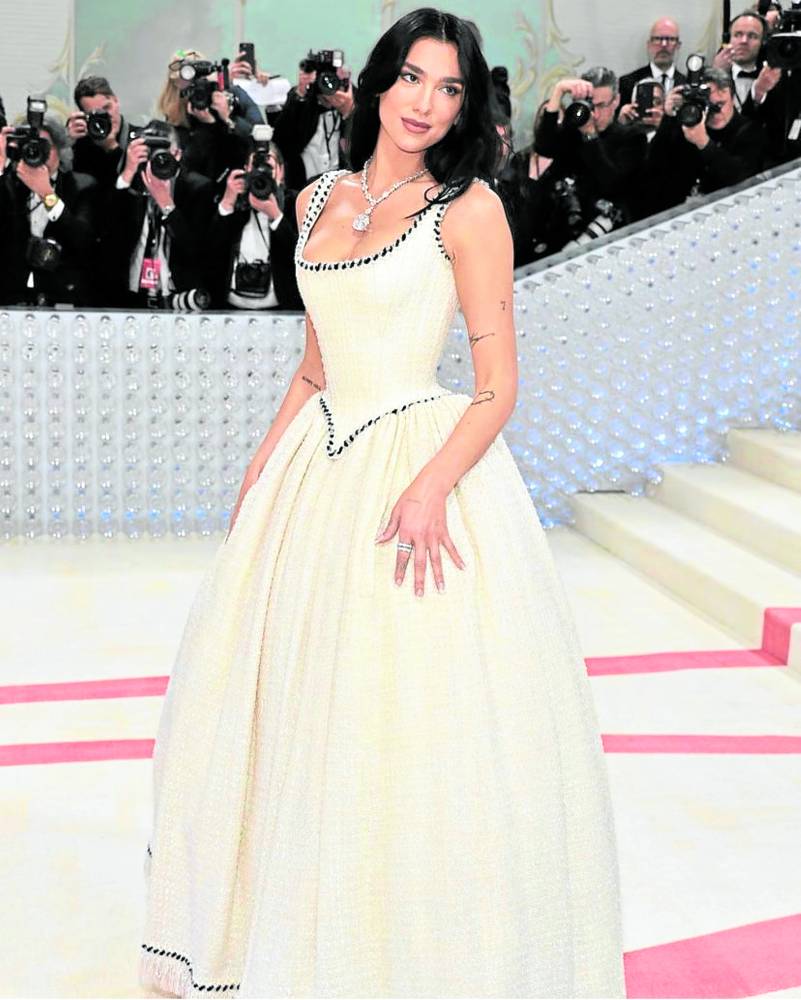
Every first Monday of May, the steps at New York’s Metropolitan Museum of Art is awash with the glitterati. It may be known as fashion’s biggest night, but at its core, the Met Gala is a fundraiser held for the benefit of the museum’s Costume Institute.
Formally known as the Costume Institute Benefit, it has become one of the biggest charity events in the Big Apple. With each table costing at least $300,000 or $50,000 per individual ticket (paid for by big brands), the ball manages to raise eight-figure sums annually.

Undoubtedly, it has played a huge part in the survival and upkeep of The Met’s Costume Institute, which is a collection of more than 33,000 pieces of clothing and accessories dating back to the 1400s—an amazing feat that would be a dream to replicate locally.
In the past decade, there have been attempts to preserve small collections of Philippine clothing and textiles as well as scattered efforts to revive and reintegrate the Philippine national dress into everyday settings. These have enabled the Filipiniana to reclaim its place in the modern Filipino psyche.
From events like Ternocon to books like “Fashionable Filipinas” (authored by scenographer Gino Gonzales and artist-educator Mark Lewis Higgins) that chronicle the evolution of the terno, private individuals and institutions have been taking the reins for the documentation and preservation of our national garments and textiles—but nothing of the Met Gala’s scale.
“In the grander scheme of things, there is no single institution with the necessary resources for any long-term vision that I have encountered as of yet,” Higgins told Lifestyle. “I have heard talk from a few groups of people who have intentions of creating a proper costume museum, but that remains to be seen.”
Keeping an archive
Higgins’ own Slim’s Fashion and Arts School has been doing its best to keep an archive that includes his fashion legend and National Artist mother Salvacion Lim Higgins’ works. But it remains a struggle.
“Even designers’ own collections are just kept on hangers. They don’t really keep them in air-conditioned rooms or wrapped in acid-free paper—far from what is done in big fashion houses abroad,” said designer and TV personality Jojie Lloren. The most he could do himself is keep his clothes in fabric garment bags, but that still doesn’t guarantee that they will be protected from damage like discoloration.
“What we really need is a costume museum that functions on the level of a developed country. One that has the constant resources to preserve and maintain clothing and textiles,” which are some of the most important artifacts of human history, yet also some of the most expensive to preserve, said Higgins.
He admitted that it is a tall order for the Philippines, a still-developing country with “an attention span that is often subject to current political regimes. So I’m not so sure if this will happen any time soon.”
Lloren said such an effort entails a huge amount of money and contracting experts in garment preservation.
“Something important to note is that the Costume Institute was almost bankrupt at one time,” Higgins explained. “This is why Anna Wintour was brought on board. This single annual event raises the funds necessary to sustain the costume collection they have for the year.”
Importance
According to him, something like the Met Gala would help preserve Philippine national garments.
“I think it is important for any country to preserve its national costumes and garments,” he said. “A garment can tell volumes about a nation in terms of its culture and the society around it. A national dress reflects the mindset of a nation at a particular moment in time and its evolution will continue to tell that story. You will also find information about trade, religion and economics in a dress or a piece of fabric.
“Diana Vreeland once said, ‘You can even see the approaching of a revolution in clothes,’” said Higgins, referring to the late Vogue editor and the Costume Institute’s special consultant from 1972 to 1989, who was responsible for turning the charity event into the bright and bold-themed celebration it is known today. (This year’s theme honors designer Karl Lagerfeld, who died in 2019.)
“It definitely would help,” Higgins said of doing something like the Met Gala locally, to help preserve our national garments. “But in this country, how long would that last?
“This would be a great challenge for a developing country with far more dire priorities on the horizon, not to mention any possible criticism that could ensue from indulging in such a project,” he said. He also noted the possibility of donor fatigue.
“The private sector and the government should work together because they are the ones who can afford to finance it,” Lloren added.
“Unfortunately, we still do not have the vast amount of resources—both financial and technical—it takes to professionally preserve and institutionalize clothing and textiles,” Higgins said. “I think all we can do for now is to try and preserve them as best as we can.”
“The closest and easiest way we could preserve our national garments and costumes is through books,” Lloren said. “While we do not have proper conservation and preservation processes, at least they’re already preserved in books even if the actual clothes disintegrate.”

